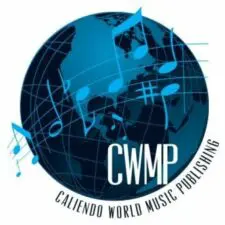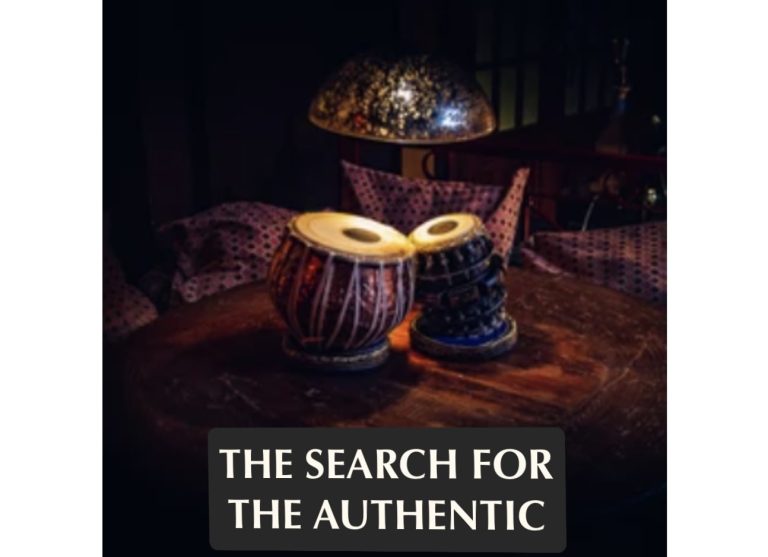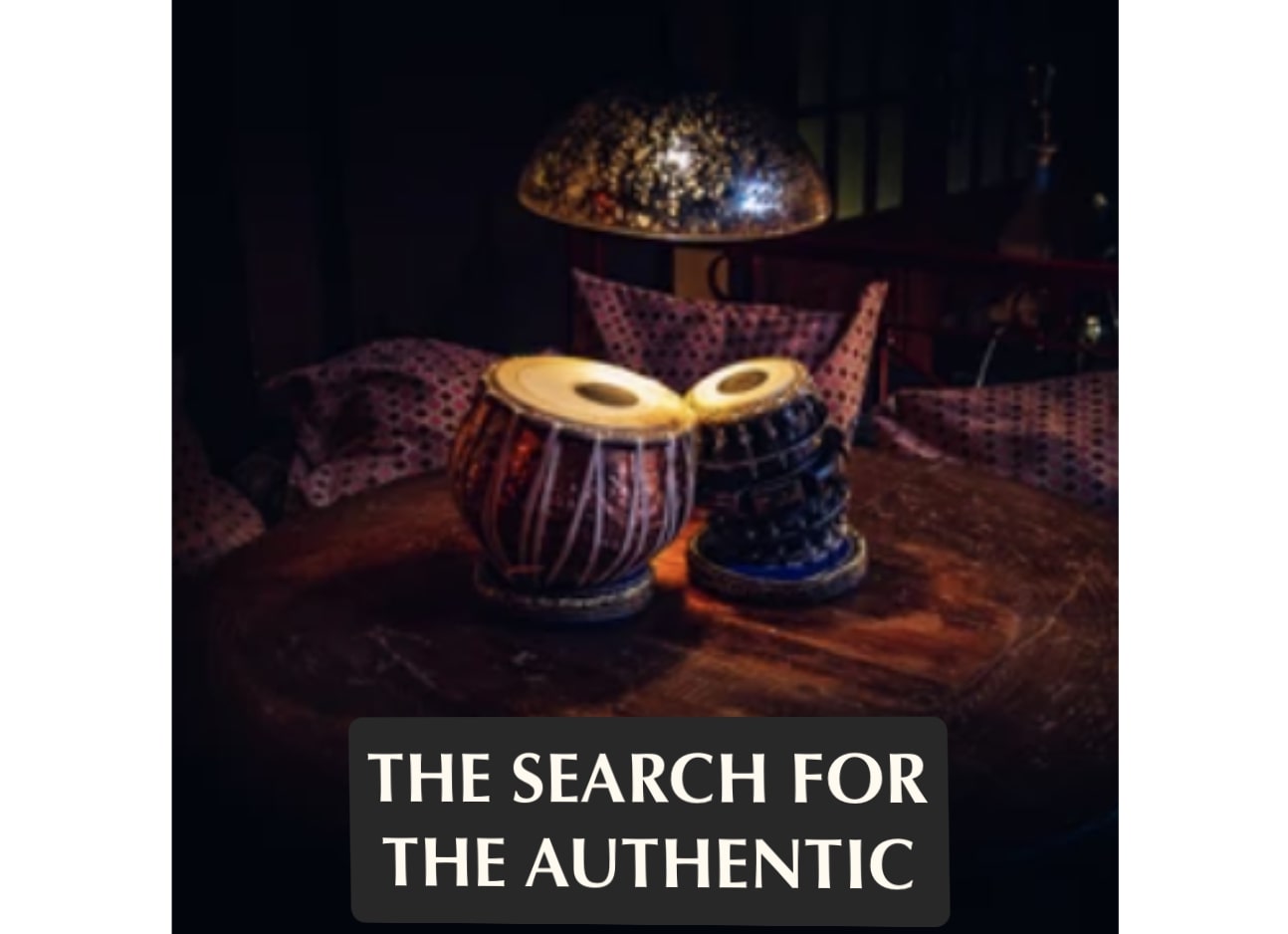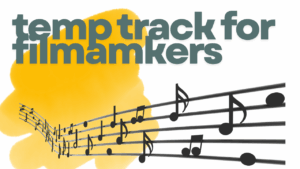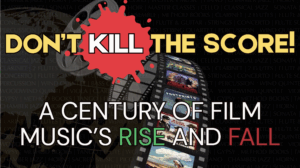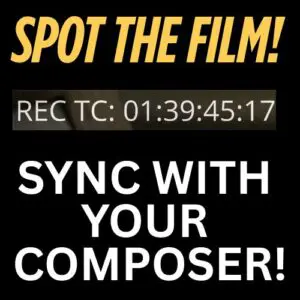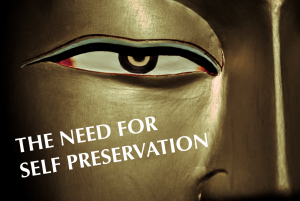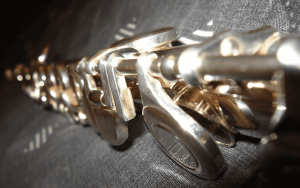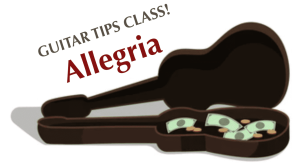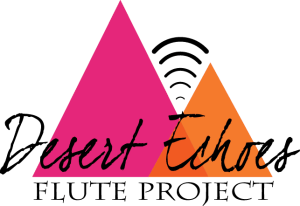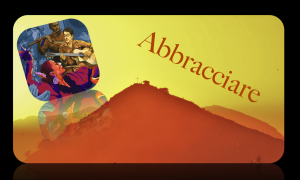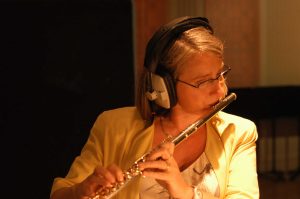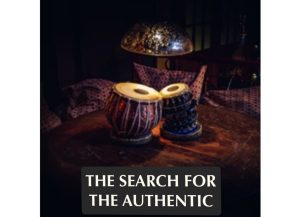The Search for the Authentic is a web-tv documentary special, we explore the topic:
World Music, the quest for the authentic
- Now that we have evidence of the flute being the oldest musical instrument, how does that impact performance of all types of music?
- Historically, the flute has been on the cutting edge of all musical trends, why is this and why do flutists seek new voices?
- You have the ability to make melodies yearn with microtonal shifts in pitch, which I’ve written into the 12th Sonata, how do you do this and why?
- You mention this “super culture,” What is it specifically, and why does it shape your performance?
- So which is more authentic, common culture or your term “super culture?”
- If most of the traditional, French-based, performance practice is focused on acoustic projection, how do you temper this with common culture performance style?
- Okay, then “contemporary techniques” are merely a return to the singing styles of many cultures, when is this applied to standard repertoire or is it only for folk music-based compositions?
- Beyond the physical embouchure and finger techniques to achieve these portamenti, what else is involved to create the natural arc of a phrase?
- So breathing is integral in this method, are there other mechanisms involved?
- Can your nerve-stimulating respiratory method be trained?
- You say that this is natural phrasing and normal communication/conversation of the centuries before the 20th, how do performers replicate this now?
- Ah, so authentic repertoire allows and, more precisely requires, performers to create musical phrases that “sing beyond the page.” How does this affect your programming and, as a teacher, the repertoire you use to train your students?
Bruce sums up his interview on providing advice to young flutists.
